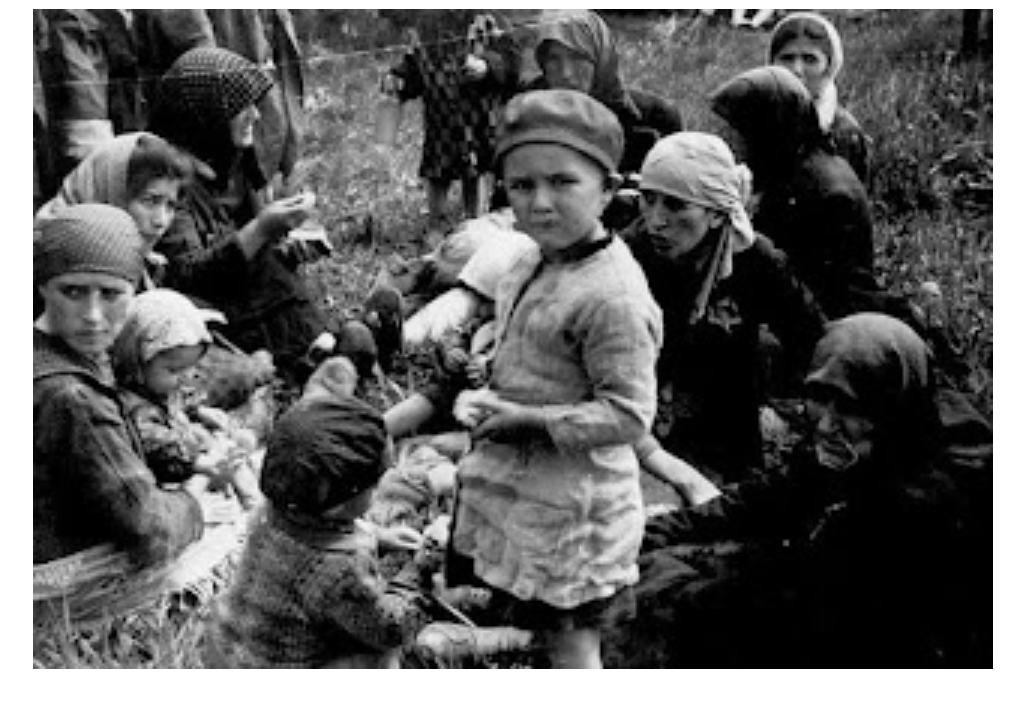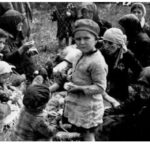
The conditions inside the cattle cars during the Holocaust were horrifying and dehumanizing.
The Nazis used these cars to transport large numbers of people, mainly Jews, to concentration camps, extermination camps, and ghettos.
The following description provides a graphic and authentic portrayal of the conditions victims endured:
The cattle cars were typically small, windowless, and designed to transport livestock.
These cramped spaces were meant to hold a few dozen animals at most, but the Nazis would force as many as 100 or more human beings into each car.
There was hardly any room to sit, let alone lie down or move around.
The air inside the cars was stifling and foul, as there were no proper ventilation systems.
People were packed so tightly that there was barely any space for them to breathe, resulting in a lack of fresh air.
As the journey progressed, the air would become increasingly stagnant and heavy with the scent of sweat, fear, and human waste.
Sanitary facilities were nonexistent.
Victims were given no access to toilets or running water.
They were left to relieve themselves in the same small space where they stood or sat.
As a result, the floors quickly became covered in urine, feces, and vomit.
The absence of proper hygiene led to the spread of diseases, further deteriorating the already dire conditions.
Food and water were rarely provided, and when they were, the amounts were meager and insufficient for the number of people on board.
Hunger and thirst intensified the suffering, as there was no way to obtain sustenance during the journey.
People became weak, dehydrated, and malnourished.
The lack of space, ventilation, and sanitation combined created an environment of extreme discomfort and distress.
The journey inside these cattle cars could last for days, during which time people experienced physical and emotional agony.
Many passengers died during the transport due to suffocation, dehydration, disease, and exhaustion.
Throughout the journey, victims were denied their basic humanity.
They were stripped of their dignity, forced to endure these inhumane conditions, and subjected to the callousness of their oppressors.
The cattle cars symbolized the dehumanization and cruelty inflicted upon those targeted by the Nazi regime.











Leave a Reply